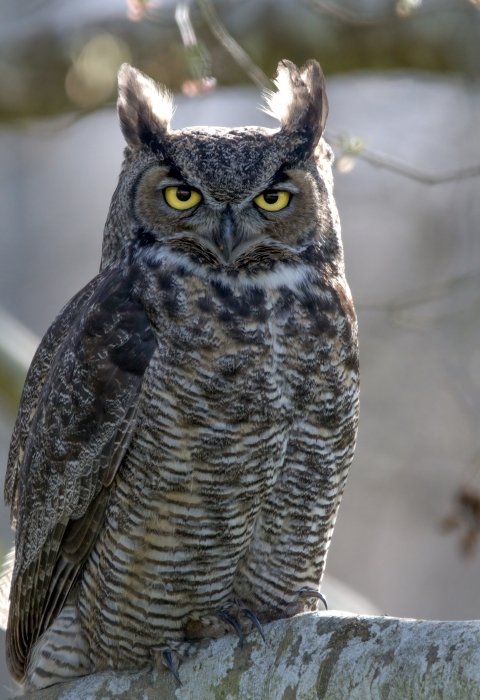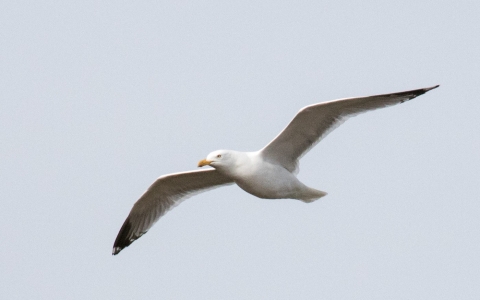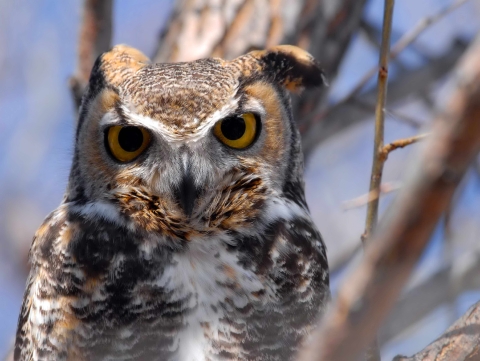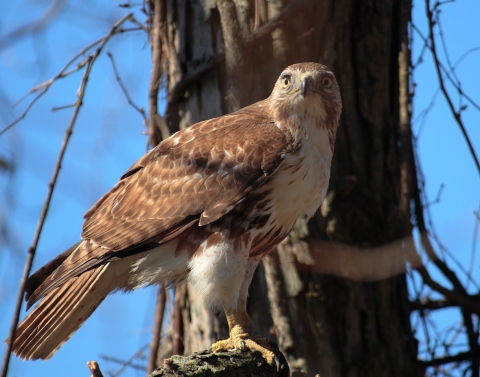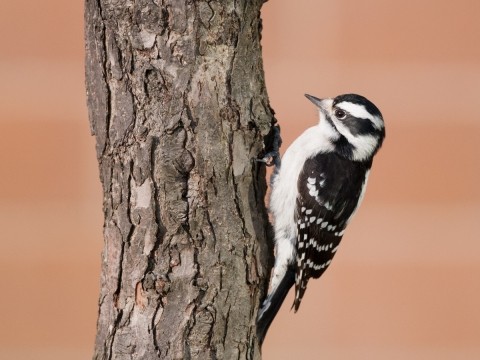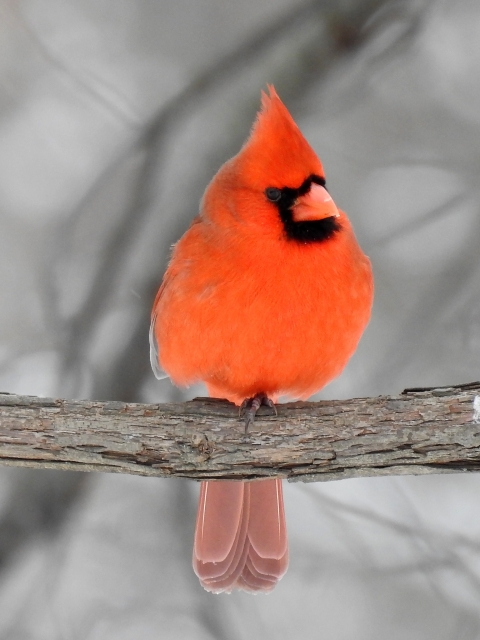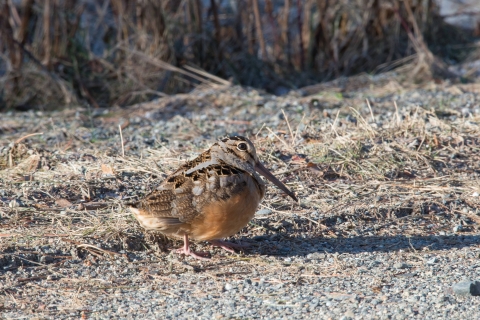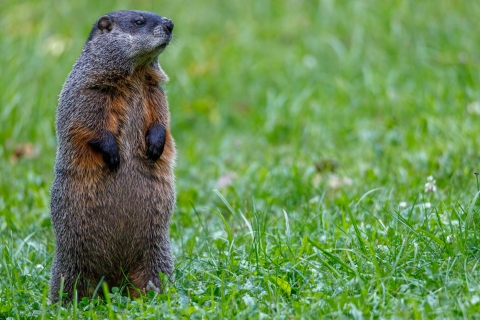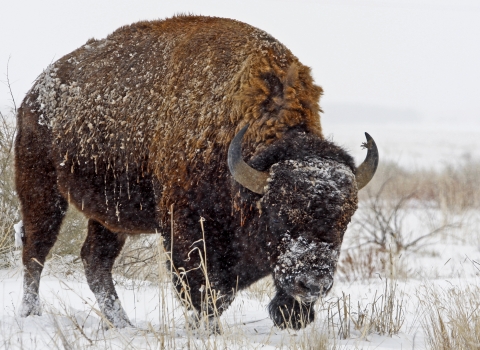In midwinter, many of us look to a stocky rodent in Pennsylvania to forecast the coming of spring.
Birdwatchers, however, look up.
“For birds, when the days start getting longer, it's time to court,” explained Patrick Comins, executive director of the Connecticut Audubon Society. In fact, he’s been seeing, and hearing, the signs for a few weeks.
One mid-January morning, Comins heard herring gulls chasing one another as they flew over his house.
“Just from the calls, I could tell it was courtship behavior,” Comins said, explaining that males make a distinctive sound as they fly after females in the sky.
“I thought: Spring is coming.”
If you too are eager to know when spring will be here, you could get the forecast from Punxsutawney Phil. Or you could go outside to look and listen for birds that tell you spring is already on the way.
Owl always love you
The great horned owl is one of the earliest harbingers of spring.
“By late January, great horned owl courtship is well underway, and in fact, some of those owls are probably sitting on eggs,” Comins said.
That’s because nestlings need lots of time to bulk up. In a matter of months they will transform from tiny owlets, weighing less than one tenth of a pound, to huge predators weighing more than three pounds. Adults are most vocal in the winter months leading up to nesting season, so that’s a good time to listen for duets of female and male owls at dusk.
I just shrieked to say I love you
Red-tailed and red-shouldered hawks also begin courting and nest building in midwinter. Sure signs that love is in the air include acrobatic flights, dives, and piercing screams.
Wood you be mine
Thedrumming of woodpeckers in winter is a noisy proclamation to other woodpeckers: “This is my turf! Who would like to be my mate?” This approach tends not to work as well for people.
All atwitter
In midwinter, you’ll begin to hear romantic singing from other resident bird species that don’t migrate, including tufted titmouse, chickadee, and cardinal.
But you can also spot some migratory birds that work their way back north early, like cedar waxwings and robins. “If you see big numbers of robins foraging on open ground, that’s a harbinger of spring,” Comins said.
Love hurts
American woodcock also begin to return from wintering grounds this time of year — taking a big gamble for reproduction. Comins explained these birds would rather risk facing death in freezing weather to get to prime nesting habitat early, than let a more dominant woodcock beat them to it.
“For woodcock, reproduction is more important than survival,” he said. “For that reason they are a vanguard species for springtime.” But maybe not the best romantic role model for us.
Move over, Cupid
We can’t write off groundhogs — also known as woodchucks, whistlepigs, Canada marmot, and “Get out of my garden!” — entirely as symbols of spring. Phil and other male groundhogs really do emerge (briefly) in midwinter. But not to look for their shadows: to look for female groundhogs.
The authors of a 2003 study on temperature fluctuations and energetic strategies of eastern woodchucks explained, “The earliest possible emergence from hibernation may be critical for males because reproductive success is dependent on their ability to establish territories, locate females, and complete spermatogenesis before females emerge.”
Although male groundhogs lose stored energy by coming in and out of hibernation during the coldest time of year, they stand to gain in the long run if they can emerge from hibernation in the spring ready to locate females and to mate.
You're probably wondering: Do they leave heart-shaped candies at the entrances of females’ burrows with messages like “I Dig You,” “Groundhugs,” and “Text Me”? The study didn’t cover that, so we’re left to assume, yes.
Regardless, rest assured: Groundhogs don’t retreat back into their burrows in February because they’re scared of their shadows, or of an endless winter. They’re just really tired. We get it: dating is tough!
And much like great horned owls, red-tailed hawks, and American woodcocks, the sudden appearance of these critters offers reassurance that spring is approaching.
But so is Valentine’s Day. Heads up.
